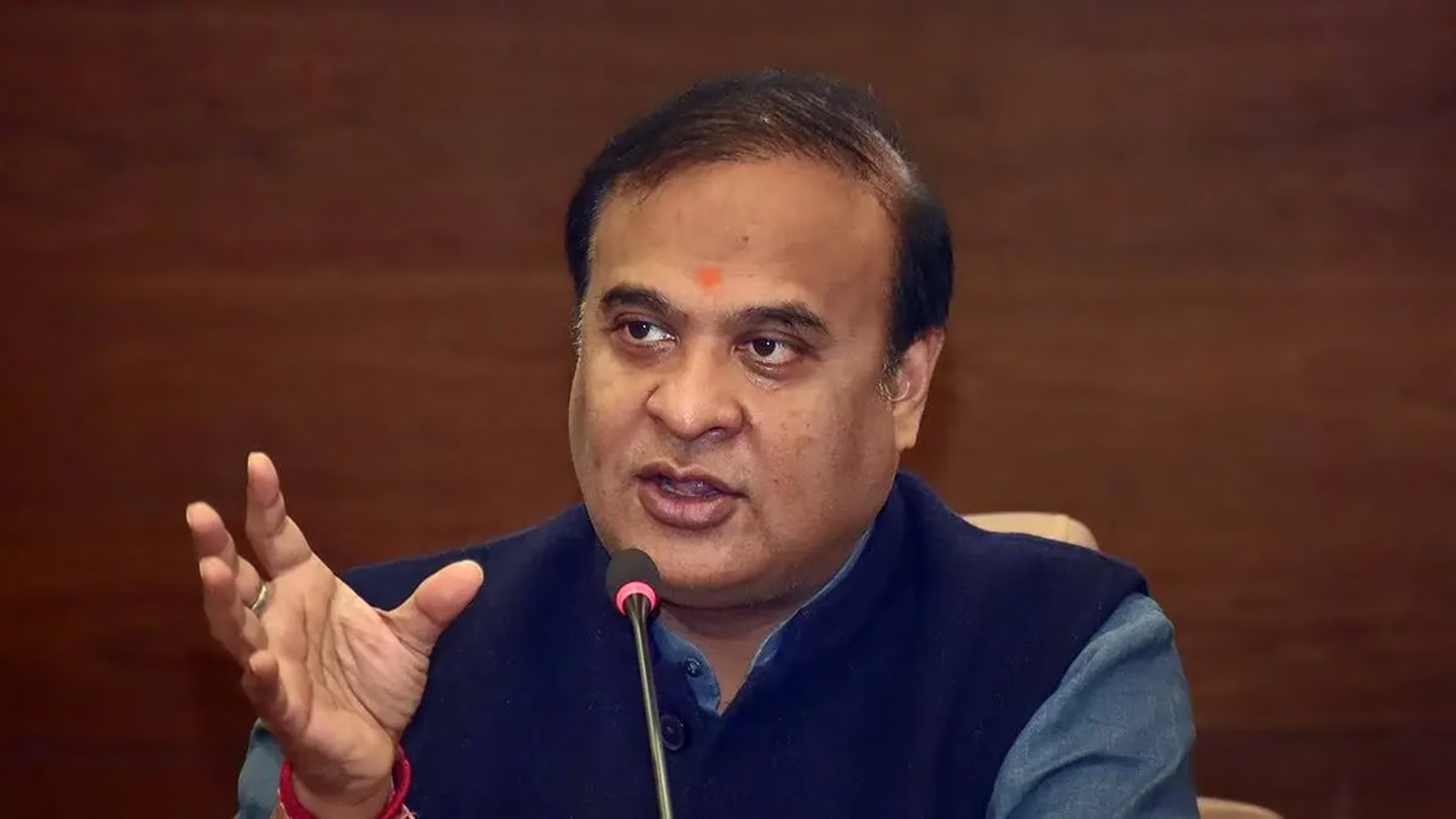What’s Going On?
Social media and some news outlets recently sparked fears across India with claims that China has stopped the flow of Brahmaputra water. The buzz began when Pakistan-backed narratives hinted at a water crisis for India, allegedly triggered by Chinese actions upstream.
Naturally, with Brahmaputra being one of the major rivers in the northeast — especially vital to Assam and Arunachal Pradesh — concerns began to surface. But is the threat real, or just another round of panic headlines?
Himanta Biswa Sarma Steps In
Assam Chief Minister Himanta Biswa Sarma didn’t hold back. On Monday, he came forward and shut down the scare. His words were direct: “Even if China stops Brahmaputra water, we’re not dependent on it anymore.”
Sarma clarified that India has diversified its water reliance, especially after increased cooperation with Bangladesh. “After the Teesta and Ganga water understanding with Bangladesh, we have far better management systems now,” he added.
He also accused Pakistan of using this so-called “China water card” as part of a larger strategy to create panic among Indian citizens.
Why the Brahmaputra Matters
The Brahmaputra River originates in Tibet (where it’s called Yarlung Tsangpo) and flows into Arunachal Pradesh, Assam, and finally into Bangladesh. With its vast reach, it’s a lifeline for farming, fishing, and daily life in the northeast.
But here’s the thing — most of the water that flows in Brahmaputra within India is from Indian territory, thanks to heavy rainfall and Himalayan streams. Experts have pointed this out several times: even if China were to block or divert the river upstream, the impact would be minimal on India’s overall water flow.

So What’s Pakistan’s Role Here?
This recent fear wave didn’t come out of nowhere. Reports suggest that Pakistan has been trying to use China as part of a “water war” narrative, claiming that India could soon face a water shortage due to upstream control by Beijing.
But experts and leaders from India aren’t buying it.
“Pakistan doesn’t understand the geography or the science of the Brahmaputra,” said CM Sarma. “They are just trying to create a new crisis, knowing the emotional and practical weight this river carries in our region.”
India’s Growing Water Strategy
Over the years, India has strengthened its water resource planning, especially in the northeast. With new storage systems, inter-state water agreements, and flood control projects underway, the country is better prepared to handle any such geopolitical pressure.
Besides, India has regularly raised such water concerns with China through diplomatic channels. Both countries have mechanisms in place for sharing hydrological data — especially during flood season — which helps track changes in river flow.
Final Word
So, is China stopping Brahmaputra water? The short answer — no, not really. Even if it ever tries, the Indian side seems confident and prepared to deal with it. For now, Assam’s Chief Minister has made it clear: there’s no need to panic.



